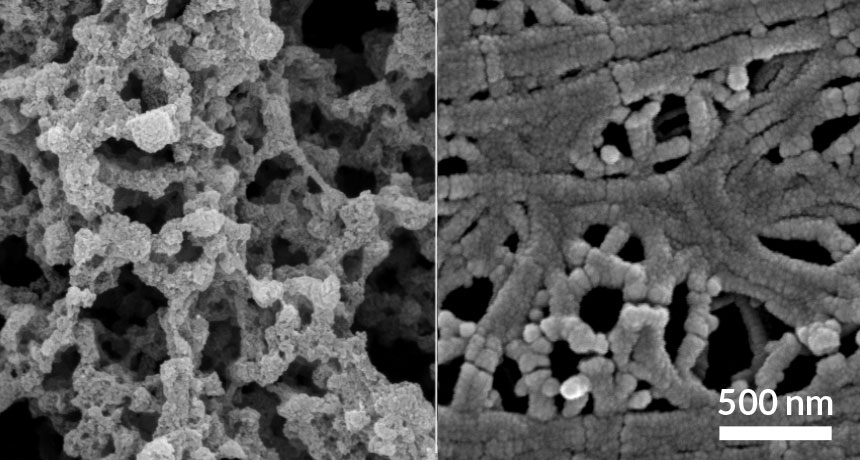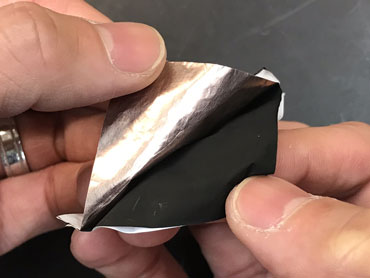New textile weathers temperature shift
Reversible fabrics of the future may keep you comfortable in any weather

HOT N’ COLD Carbon (left) and copper (right) in a new smart textile help release or trap heat to keep the body comfortable across a greater range of temperatures than standard fabrics.
P.-C. Hsu et al/Sciences Advances 2017








